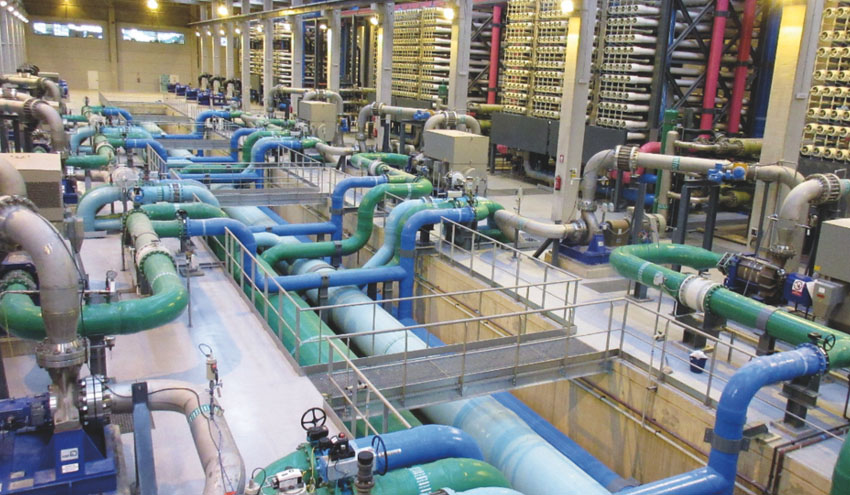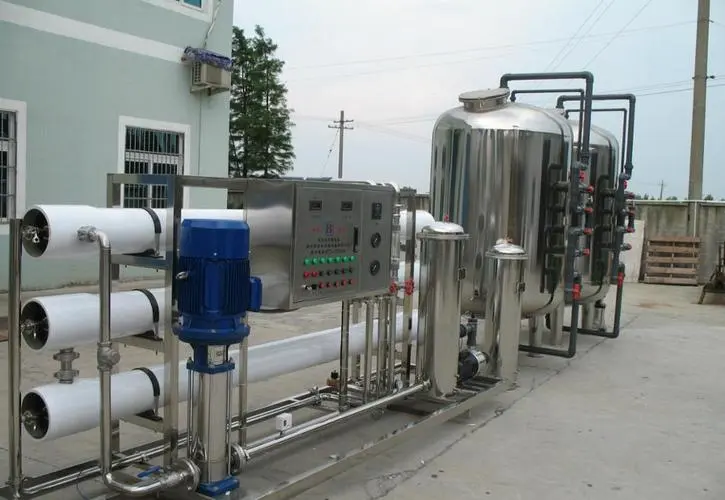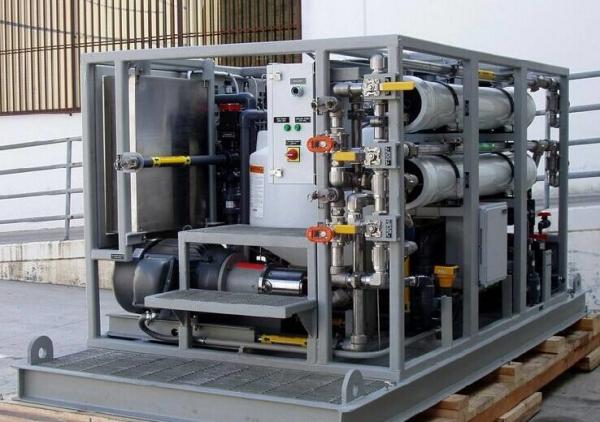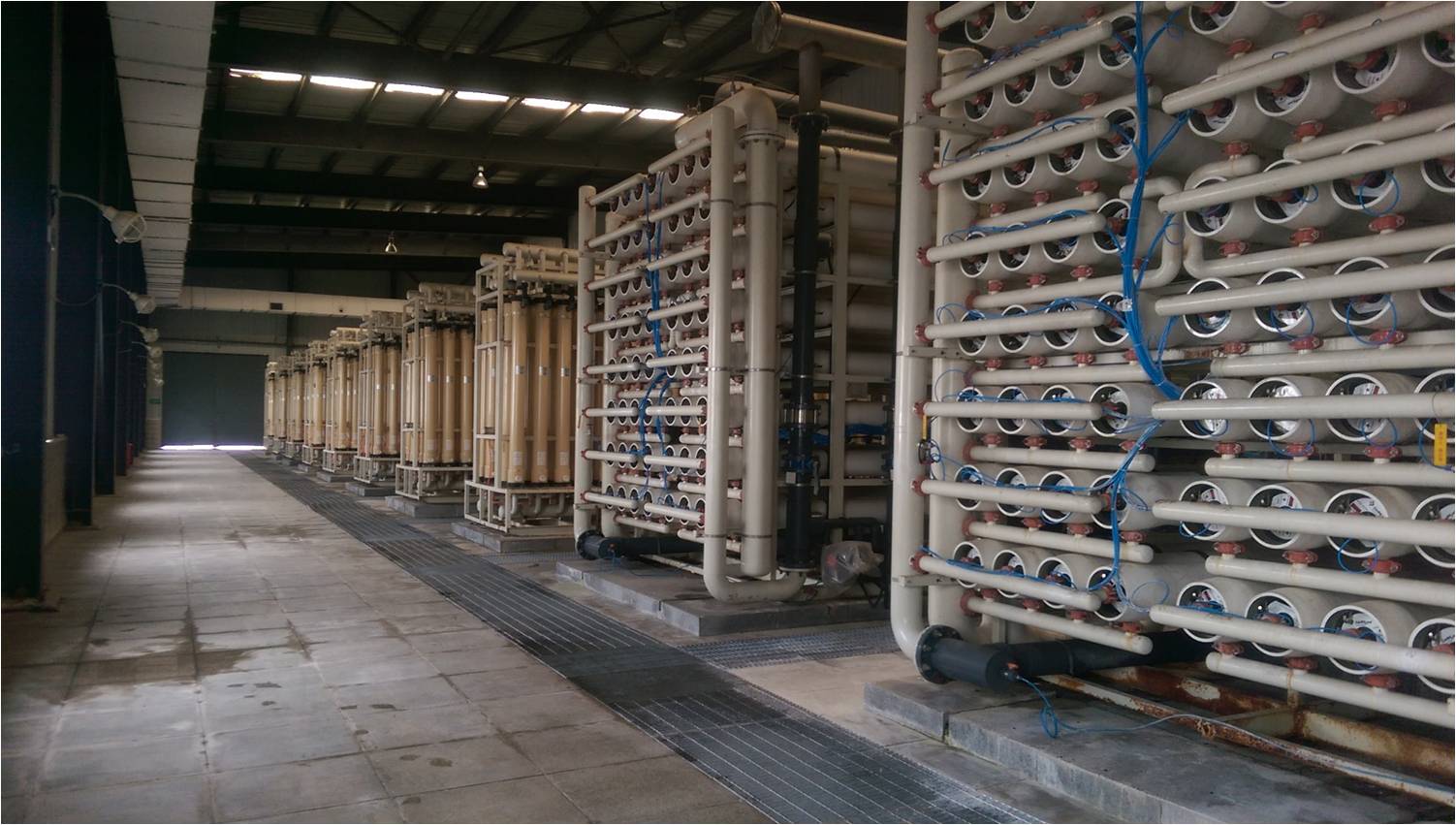How does a seawater desalination plant turn salt water into fresh water?
In the current context of increasing global water shortages, seawater desalination technology has attracted much attention and has become one of the important means to solve the problem of freshwater resource shortage. Among them, the seawater desalination plant, as the core facility, removes salt and impurities from seawater through a series of advanced processes and equipment, thereby achieving the goal of converting salt water into fresh water. This article will delve into how seawater desalination plants turn salt water into fresh water, revealing the working principle of seawater desalination technology and its importance in water resources management.
1. Reverse osmosis technology: the core of seawater desalination
One of the main technologies used in seawater desalination plant is reverse osmosis technology. Reverse osmosis technology is a process that uses high pressure to pass seawater through a semipermeable membrane to separate water molecules from salt molecules and impurity molecules. The basic principle of this technology is that seawater passes through the micropores of the reverse osmosis membrane under high pressure, while salt and impurities are intercepted on the surface of the membrane to form concentrated water. Through this process, salt and impurities in seawater are effectively removed, producing fresh water.

2. Seawater pretreatment: ensure the stable operation of the reverse osmosis system
Before entering the reverse osmosis system, seawater needs to go through a series of pretreatment processes to ensure the stable operation of the reverse osmosis system. These pretreatment processes include:
Filtration: Seawater contains a large amount of suspended solid particles and organic matter, and these impurities need to be removed through filters to protect the reverse osmosis membrane from pollution.
Desalination: Through chemical treatment or electrochemical methods, most of the hardness ions and heavy metal ions in seawater are removed to reduce damage to the reverse osmosis membrane.
Disinfection: Seawater may contain harmful organisms such as microorganisms and bacteria and needs to be disinfected to ensure the hygiene and safety of fresh water.

3. Reverse osmosis system: core facility for seawater desalination
The reverse osmosis system is the core facility of the seawater desalination plant, which mainly consists of reverse osmosis membrane modules, high-pressure pumps and pressure vessels. The reverse osmosis membrane module is a key component of the reverse osmosis system. It is usually composed of multi-layer membranes with a microporous structure, which can effectively intercept salt molecules and impurities while allowing water molecules to pass through. Seawater enters the reverse osmosis membrane module under the action of a high-pressure pump. After filtration and separation by the membrane, fresh water is pumped out, and concentrated water is discharged.
4. Freshwater collection and treatment
The fresh water treated by the reverse osmosis system is collected into a fresh water storage tank and transported through pipelines to where it is needed to be supplied to users. Concentrated water requires further treatment to reduce environmental impact. Typically, concentrated water can be recycled through salt ponds or appropriately treated before being discharged into the ocean or other bodies of water.

5. Innovative technologies and development trends
With the continuous advancement and innovation of science and technology, seawater desalination technology is also constantly developing and improving. New desalination devices, such as solar desalination devices and carbon nanotube membrane desalination devices, have the advantages of low energy consumption, low cost, and strong adaptability, providing new possibilities for the further development of desalination technology.

Conclusion
The seawater desalination plant uses reverse osmosis technology to remove salt and impurities from seawater, thereby turning salt water into fresh water, providing important technical support to solve the global shortage of fresh water resources. With the continuous innovation and development of technology, desalination technology will continue to play an important role in promoting sustainable development and human welfare on a global scale.




